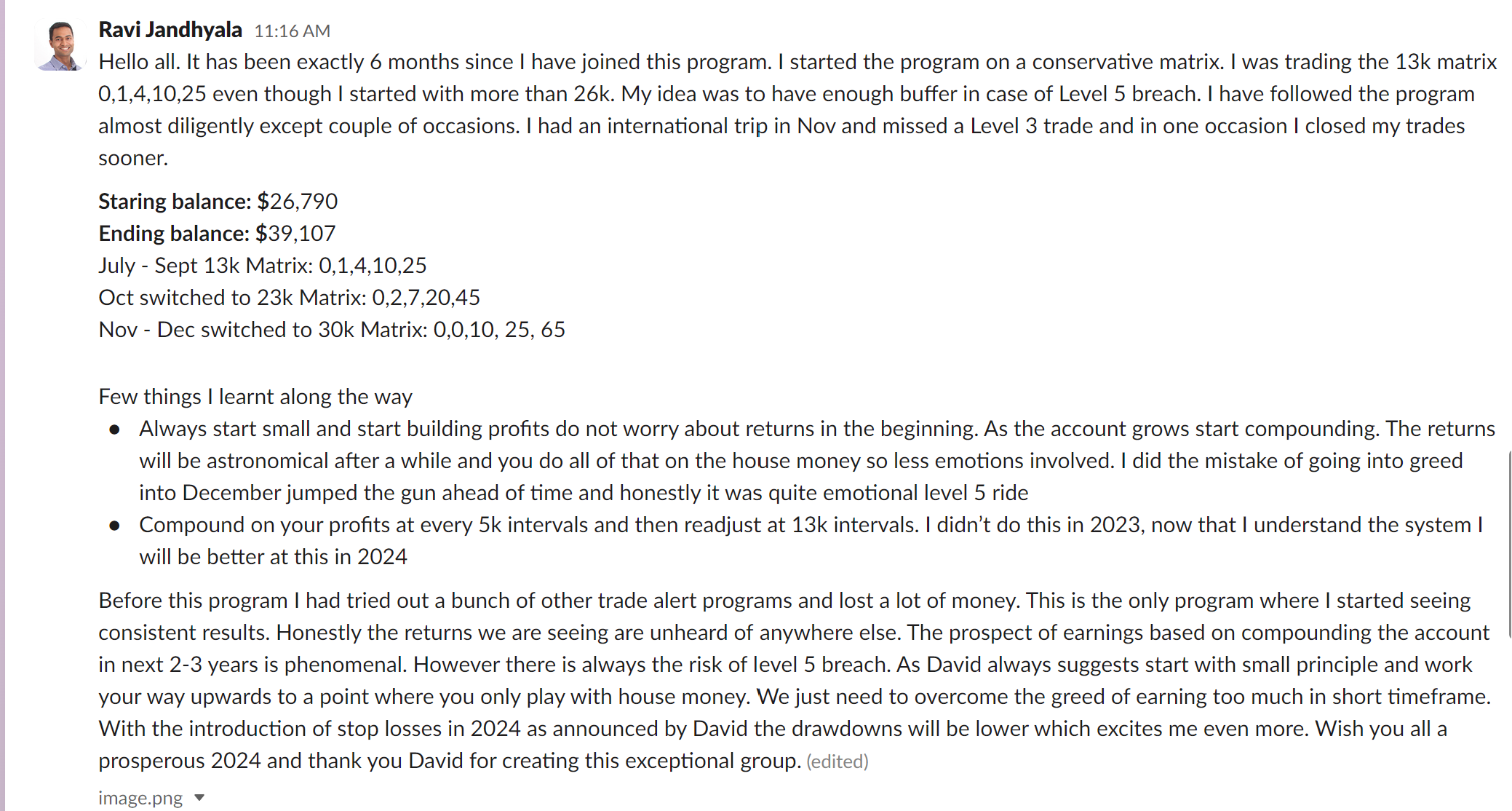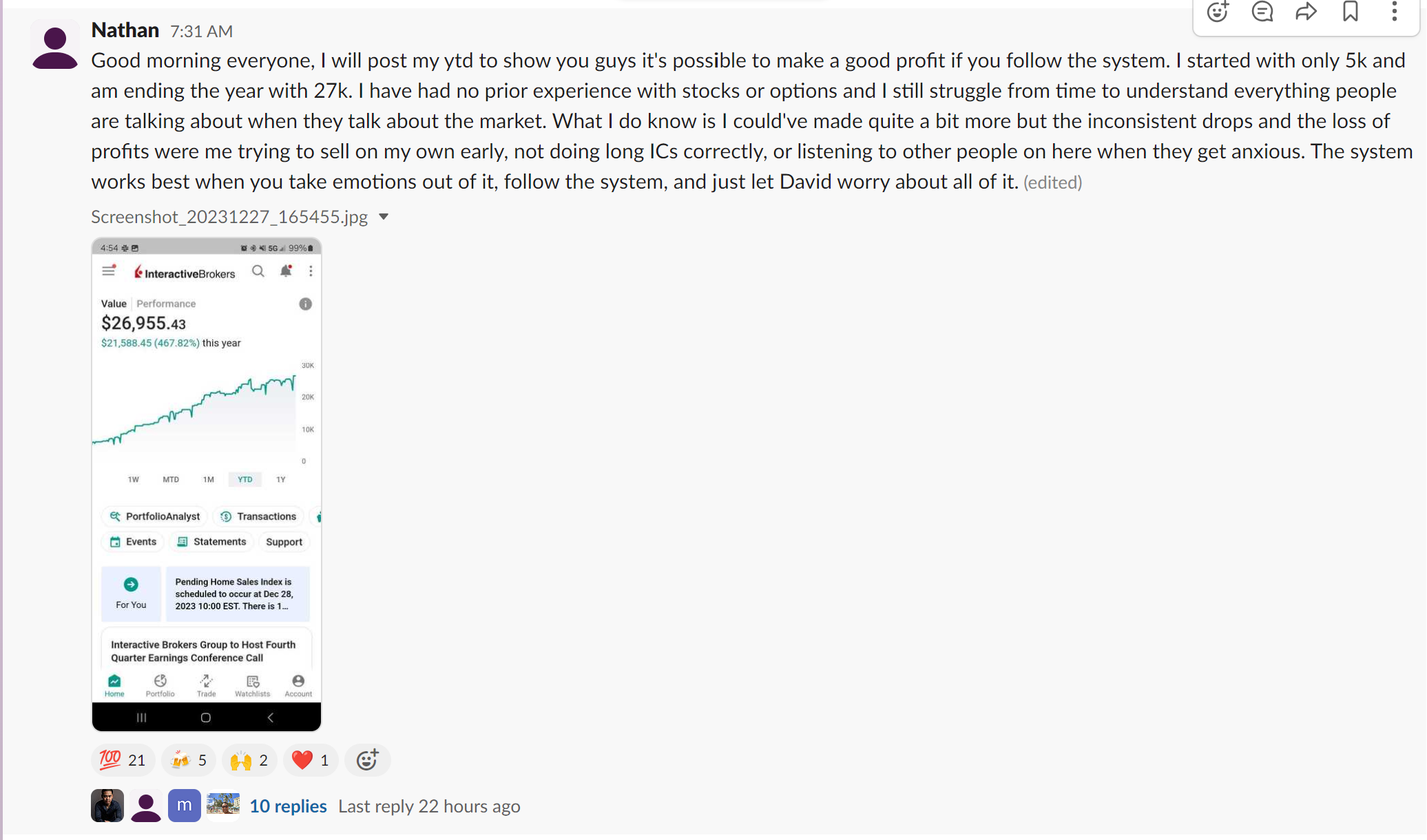Earnings season—when publicly traded companies report their financial results—often brings heightened volatility to the stock market as investors and traders react to the influx of new information. With dramatic price movements and shifts in market sentiment, earnings season presents opportunities and challenges for options traders. Developing effective strategies for trading options during this period is essential for extracting maximum value from these market conditions, seizing profit-making opportunities, and minimizing risk.
In this comprehensive guide, we will explore strategies for successful options trading during earnings season, focusing on essential techniques that can turn market volatility into profit-making potential. We will also introduce you to our industry-leading SPX Income Program, engineered to give traders unparalleled support, expert guidance, and top-notch resources, ensuring your success when navigating the unique challenges posed by earnings season.
Immerse yourself in a wealth of insights and practical tips for thriving during earnings season, honing your options trading skills, and maximizing profits in the face of unpredictable market movements. Equipped with the support and resources offered by our esteemed SPX Income Program, you’ll be well-prepared to confidently confront the challenges and opportunities presented during these volatile periods, charting an efficient course toward your financial objectives and lasting success in the dynamic world of options trading.
Navigating Earnings Season with Options Trading: Strategies for Profitability and Risk Management
To excel in options trading during earnings season and extract maximum value from volatile markets, it’s essential to develop effective strategies focusing on profitability and risk management. In this article, we explore several techniques to help you take advantage of earnings season opportunities and stay ahead of the curve.
1. Utilizing Straddles and Strangles for Earnings Volatility
Straddles and strangles are popular strategies designed to profit from anticipated volatility during earnings season. These strategies involve buying a combination of call and put options, typically with the same expiration date:
– A straddle entails buying a call and put option with the same strike price, allowing you to profit from large price swings in either direction.
– A strangle involves buying a call and put option with different strike prices (usually out-of-the-money), resulting in a lower upfront cost and a wider price range for potential profits.
These strategies can help options traders exploit the heightened price fluctuations during earnings season while limiting risk.
2. Playing the Post-Earnings Announcement Drift
The post-earnings announcement drift (PEAD) is a phenomenon in which a stock’s price tends to continue trending in the same direction following its earnings release. Implementing an options trading strategy that capitalizes on PEAD can offer traders profit-generating opportunities:
– One way to play the PEAD is by purchasing in-the-money call options if a positive earnings surprise occurs or in-the-money put options if the surprise is negative.
– Closely monitoring earnings surprises and subsequent price movements can help traders identify promising opportunities to exploit the post-earnings drift for maximum gains.
3. Implementing Iron Condor and Iron Butterfly Strategies
Iron condors and iron butterflies are advanced options strategies that consist of a combination of four options contracts, allowing traders to profit from sideways stock price movements during earnings season:
– An iron condor strategy consists of selling an out-of-the-money call and put, while simultaneously buying a further out-of-the-money call and put. This creates a profit range for traders, with maximum gains occurring if the price remains within the range defined by the short call and put strikes.
– An iron butterfly involves selling an at-the-money call and put, while simultaneously buying an out-of-the-money call and put. This generates upfront income, allowing traders to profit as long as the stock price remains within a specified range.
These strategies are designed for traders who anticipate that a stock’s price will remain relatively stable after its earnings announcement, enabling them to collect premium income while limiting risk.
4. Incorporating Volatility Skew and Implied Volatility Crush
Options traders can also take advantage of the unique market conditions during earnings season by considering volatility skew and the implied volatility crush:
– Volatility skew refers to the difference in implied volatility between out-of-the-money, at-the-money, and in-the-money options. This discrepancy can be exploited by implementing strategies such as calendar spreads or vertical spreads, which profit from the difference in implied volatilities between the options contracts involved.
– The implied volatility crush occurs when implied volatility drops sharply after an earnings announcement, causing a decrease in options prices. Traders can capitalize on this by selling options with high implied volatility before the announcement and buying them back at a lower price afterward, pocketing the difference.
By understanding and leveraging volatility dynamics during earnings season, traders can optimize their strategies and gain an edge over other market participants.
Unleash Your Earnings Season Potential with Our SPX Income Program
Earnings season presents a unique set of challenges and opportunities for options traders. By adopting effective strategies such as straddles, strangles, iron condors, and iron butterflies and capitalizing on volatility dynamics, you can harness the power of these market conditions to boost your profitability and manage risk effectively.
Our groundbreaking SPX Income Program offers unparalleled support, expert guidance, and an exceptional suite of resources, ensuring that you’re well-equipped to navigate earnings season with confidence. Experience the profound impact of our program and elevate your options trading success during earnings season and beyond.









